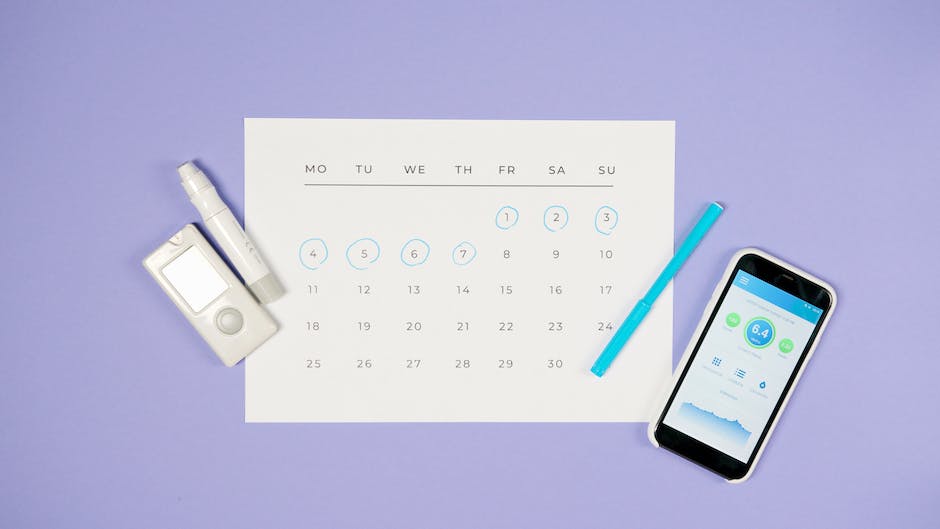To provide confidential information with the proper level of protection, all measures to ensure information security in a virtual data room should be provided. This article will investigate the system’s dynamic watermarking and access control functions.
How to control data security in a virtual data room?
The introduction of a virtual data room relieves the user of the worries associated with the loss of documents, protects against accidental deletion of an electronic copy, provides a quick search for the required document, documents the process of creating and editing documents, which allows them to be processed in much larger quantities, make decisions based on more complete selection materials and in much less time. An essential factor in the implementation of the data room is the preservation of the confidentiality of documents, access to which by competitors and other interested parties can lead to more or less significant financial losses up to complete bankruptcy. The safety of information stored in a digital repository is more accessible to ensure due to the small physical volume and the development of protection systems.
Modern virtual data rooms use cryptographic methods to implement the security subsystem: document encryption,
- encryption of data transmission channels using various protocols (TLS, VPN),
- user authentication using strict cryptographic methods,
- electronic signature,
- digital watermarks,
- access control functions.
The software can be represented as a pie of several layers: hardware, system and application software, and data processed and transmitted over the network. That is why the protection of the data rooms cannot be built separately from other information security systems of the organization, and it must be comprehensive. It is vital to ensure security at all levels – from perimeter protection tools to the organization of information security at the level of applications, workstations, and mobile devices. However, such a multi-level protection structure is typical for data rooms and most complex systems containing confidential information.
Dynamic watermarking
Copyright protection is a big problem for data room users. In this case, introducing special means of identification into the electronic document is used. It is the electronic equivalent of watermarks on paper bills. Using this method, you can protect yourself from plagiarism and infringement of ownership rights.
A digital watermark is a binary code of a logo or text indicating the organization (author) that protects the document and, possibly, the time the document was created. The logo can be trademarked or patented. In addition, the watermark may contain control information about confidentiality and restrictions on using the document.
Access policies in a data room software
Each employee is assigned a password and access rights when working with documents collectively. Some employees can fully edit and destroy the document; others can only view it. Access to individual fields of the document may be allowed. At the same time, all user actions are logged so that the system administrator can analyze the situation and take appropriate measures.
Access policies define the circle of users and the composition of data in the virtual data room, to which users are granted access in certain sections. The “General permissions” tabs allow you to configure access rights by access cuts. This setting mode is the easiest. In this case, a specific user can be assigned one or more permissions. In addition, you can set unique permissions that exclude the effect of general ones.
An essential feature of data room protection is the differentiation of access rights to the system functionality and individual documents.

